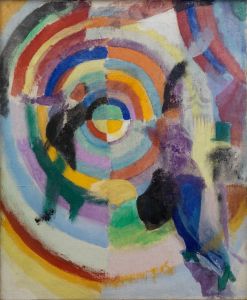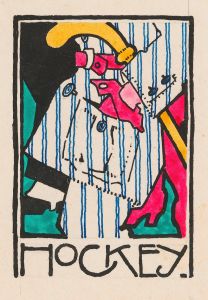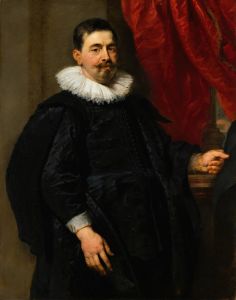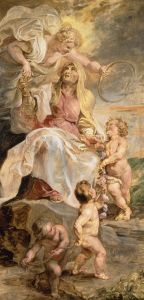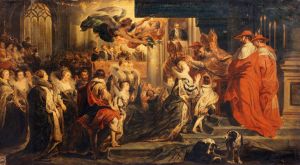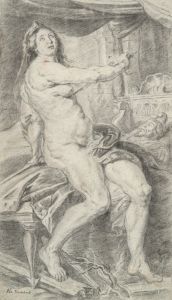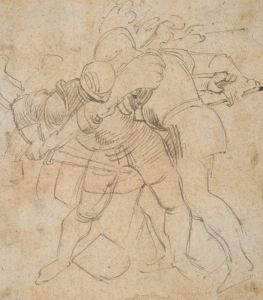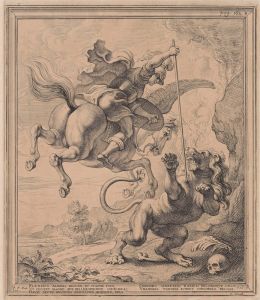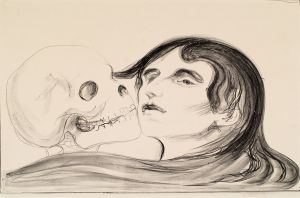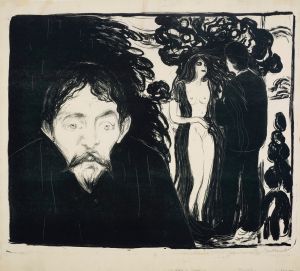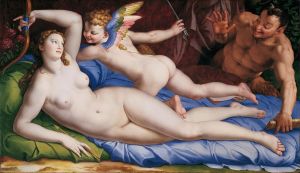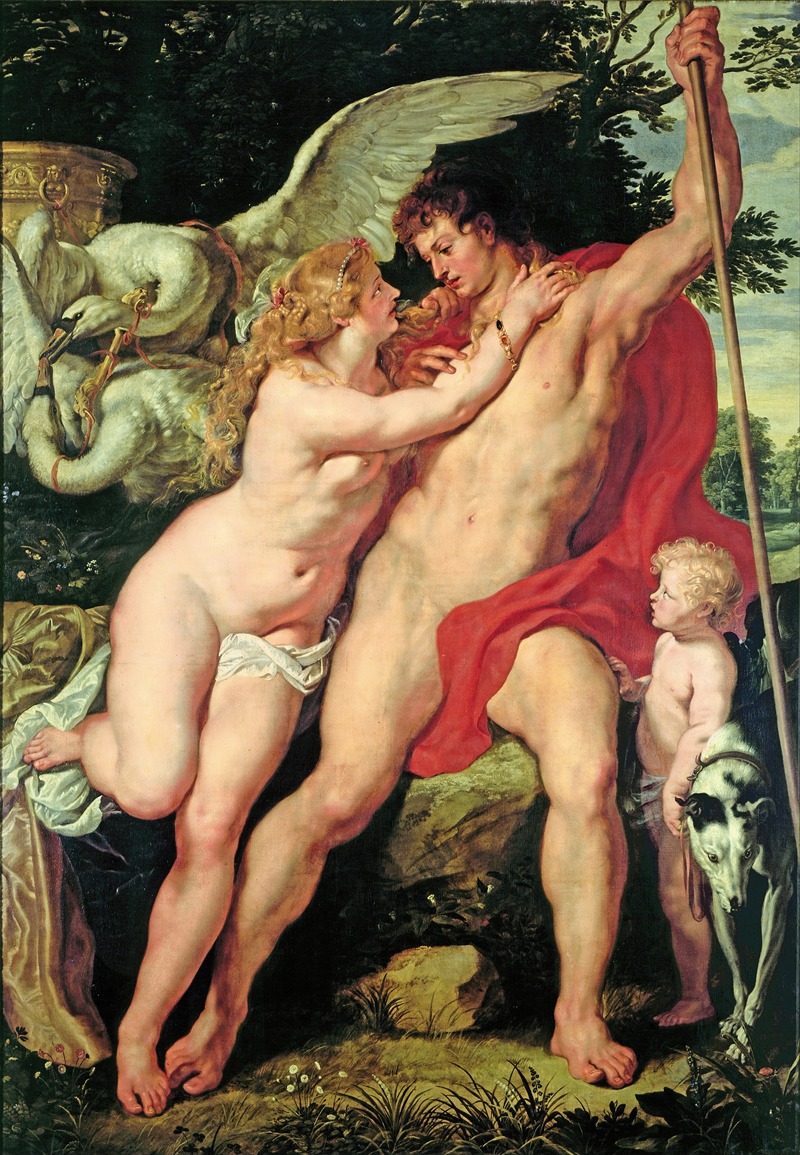
Venus and Adonis
A hand-painted replica of Peter Paul Rubens’s masterpiece Venus and Adonis, meticulously crafted by professional artists to capture the true essence of the original. Each piece is created with museum-quality canvas and rare mineral pigments, carefully painted by experienced artists with delicate brushstrokes and rich, layered colors to perfectly recreate the texture of the original artwork. Unlike machine-printed reproductions, this hand-painted version brings the painting to life, infused with the artist’s emotions and skill in every stroke. Whether for personal collection or home decoration, it instantly elevates the artistic atmosphere of any space.
Peter Paul Rubens, a prominent Flemish Baroque painter, created several versions of "Venus and Adonis," a subject derived from Ovid's "Metamorphoses." This mythological theme was popular among artists of the Renaissance and Baroque periods, as it depicted the tragic love story between Venus, the goddess of love, and Adonis, a handsome mortal.
Rubens' interpretation of "Venus and Adonis" is celebrated for its dynamic composition, vibrant color palette, and emotional intensity, hallmarks of his artistic style. The painting captures the moment when Venus, aware of the impending danger Adonis faces, attempts to dissuade him from going on a hunt that will ultimately lead to his death. Despite her pleas, Adonis is determined to leave, and the tension between the two figures is palpable.
In Rubens' work, Venus is often portrayed with a sense of urgency and desperation, her gestures and expressions conveying her deep affection and concern for Adonis. She is typically depicted as a voluptuous figure, embodying the Baroque ideals of beauty and sensuality. Adonis, on the other hand, is shown as a youthful and muscular figure, symbolizing the ideal of male beauty. The interaction between the two characters is central to the composition, with Venus often clinging to Adonis, trying to hold him back.
The background of the painting usually includes lush landscapes, characteristic of Rubens' ability to integrate figures harmoniously with their surroundings. The natural setting not only enhances the narrative but also reflects the Baroque fascination with nature and movement. Rubens' use of light and shadow adds depth to the scene, highlighting the emotional drama unfolding between the characters.
Rubens' "Venus and Adonis" reflects his mastery in rendering human anatomy and emotion, as well as his ability to convey complex narratives through visual art. His work on this theme was influential, inspiring other artists and contributing to the popularity of mythological subjects in European art.
The painting is also notable for its rich use of color, with Rubens employing a warm palette to enhance the sensuality and drama of the scene. The textures of the figures' skin, the softness of Venus's drapery, and the sheen of Adonis's hunting gear are rendered with meticulous attention to detail, showcasing Rubens' technical skill.
Rubens created multiple versions of "Venus and Adonis," each with slight variations in composition and detail. These works are housed in various museums and collections around the world, attesting to their enduring appeal and significance in the history of art. The different versions allow viewers to appreciate Rubens' evolving style and his ability to reinterpret a single theme in diverse ways.
Overall, "Venus and Adonis" by Peter Paul Rubens exemplifies the artist's prowess in combining mythological storytelling with the expressive potential of Baroque art. Through his dynamic compositions and emotive figures, Rubens captures the timeless tale of love and loss, leaving a lasting impact on the artistic canon.





